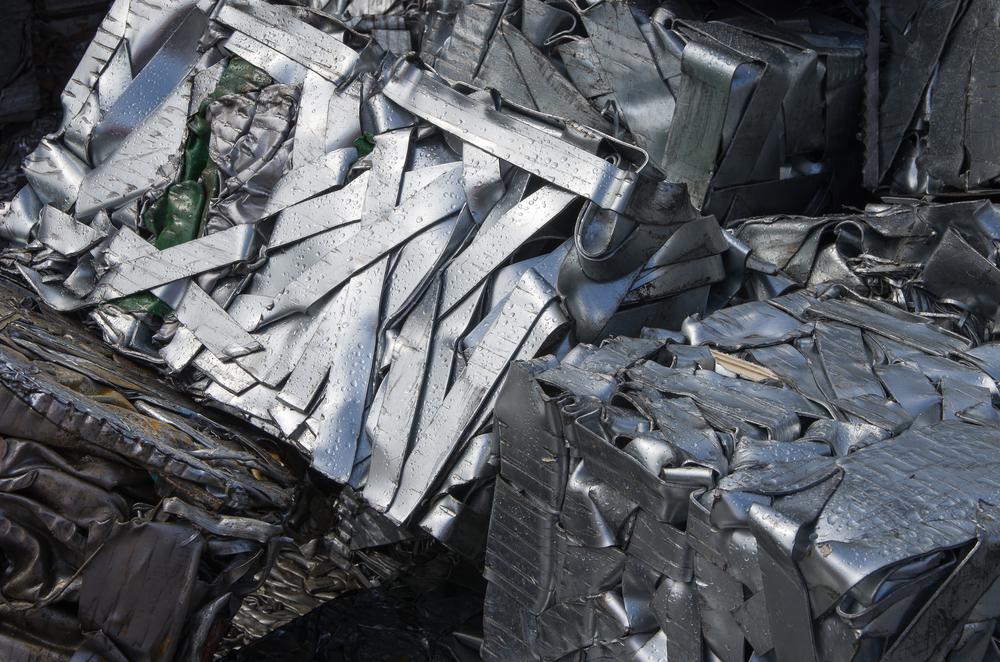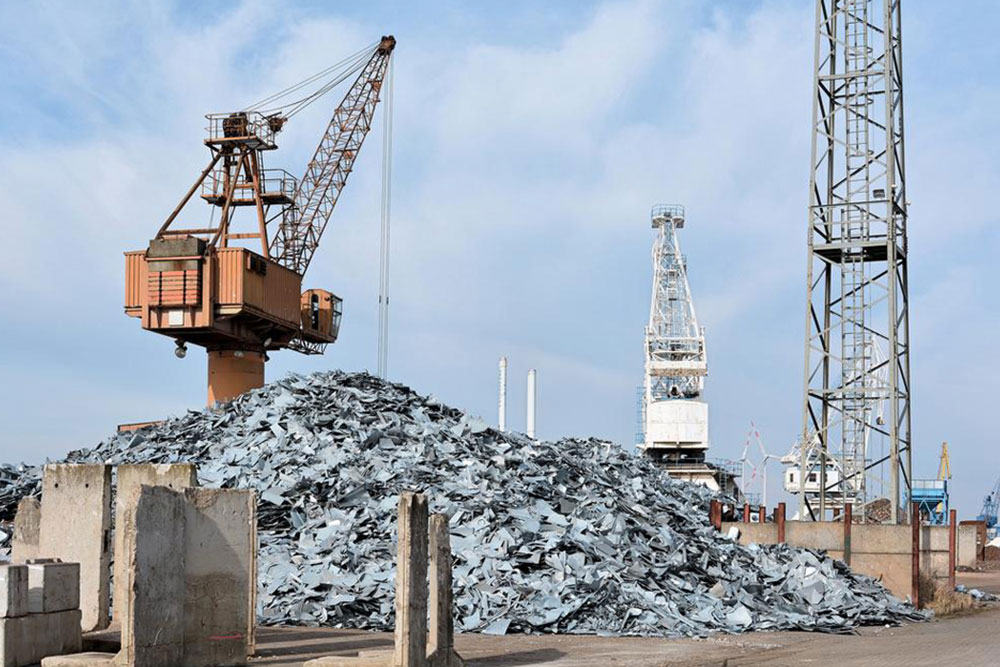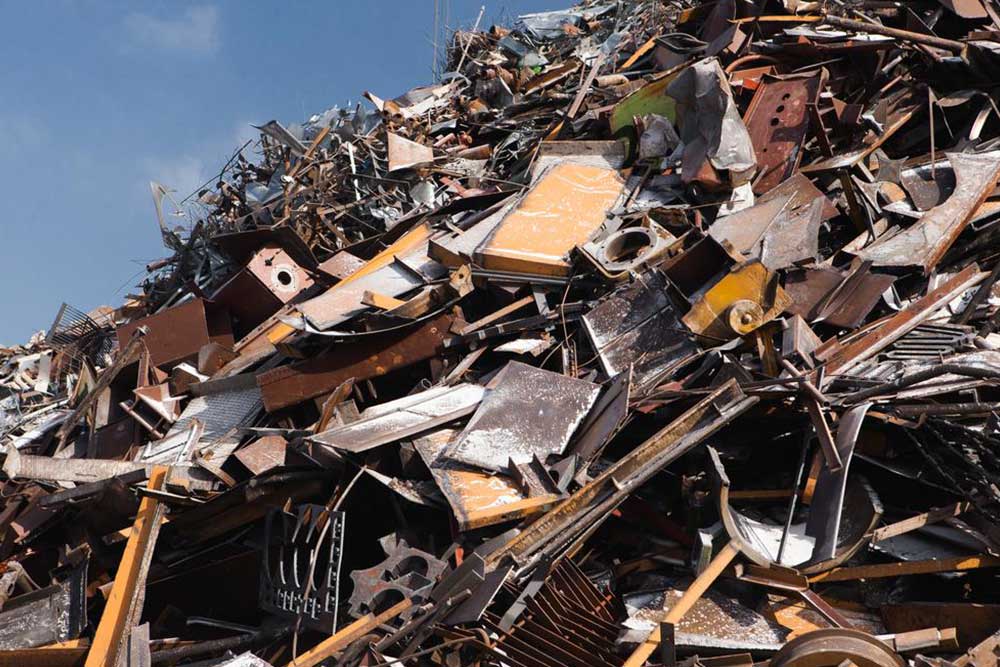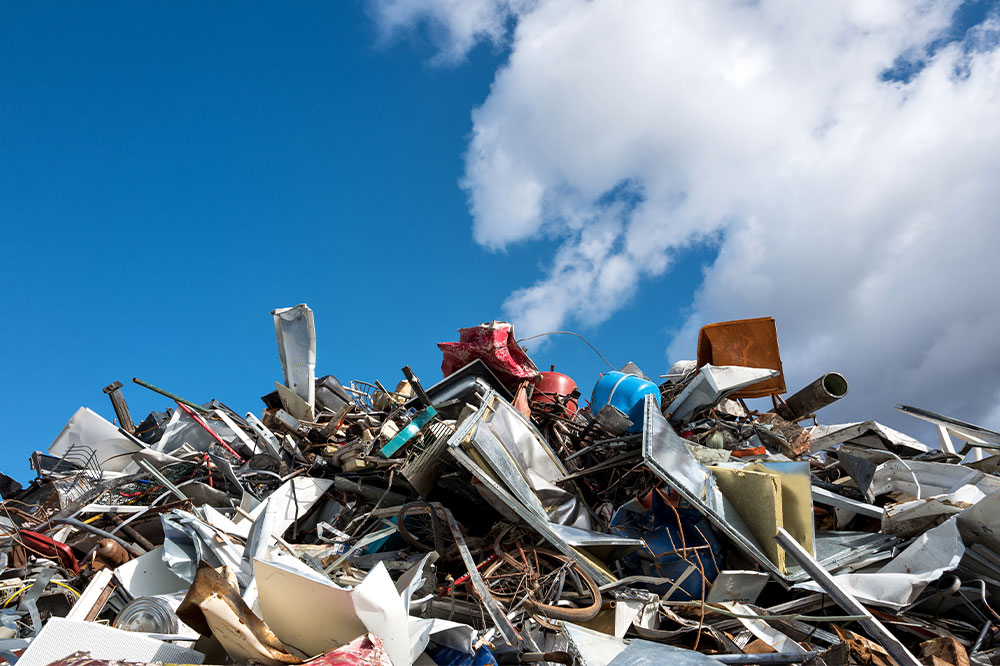Guide to Pricing and Recycling of Aluminum Scrap
This comprehensive guide explains how aluminum scrap prices fluctuate and how recycling significantly reduces costs. It highlights the benefits of aluminum recycling, including environmental impact and profit opportunities, while providing tips on market awareness for newcomers. Understanding scrap standards and current market rates helps maximize earnings and supports sustainable practices in the industry.

Guide to Pricing and Recycling of Aluminum Scrap
In recent years, the US government has launched initiatives encouraging citizens to recycle aluminum waste such as food containers, cans, and bottles. Participants are rewarded with cash per pound, promoting environmental responsibility while supporting the aluminum recycling industry. These programs can either be government-organized or handled through local scrap yards, providing multiple avenues for earning from aluminum scraps.
Aluminum cans are commonly collected at events and public spaces where usage is high. Disposal bins placed strategically around communities also facilitate easy collection. Recycling aluminum is cost-effective, with estimates suggesting only about 5% of the energy is needed compared to producing new aluminum from raw materials. The key is understanding the quality of scraps, such as pure aluminum versus mixed metals containing ferrous or other alloys.
Understanding Aluminum Scrap Prices
Aluminum scrap prices generally fall between $0.35 and $0.45 per pound, though they fluctuate with market demand. Staying informed about current rates is crucial, especially for newcomers in recycling businesses. For example, a new aluminum can might cost around $0.70 per pound to purchase, but its scrap value could be approximately $0.35 per pound, highlighting the potential for profit depending on market conditions. Savvy buyers can maximize profits by purchasing from sellers who are unaware of current scrap prices.
Industry players recognize recycling as a cost-saving alternative to full-scale production, leveraging aluminum's durability and reusability. Since aluminum maintains stability over numerous cycles, it remains an excellent raw material for manufacturing.




